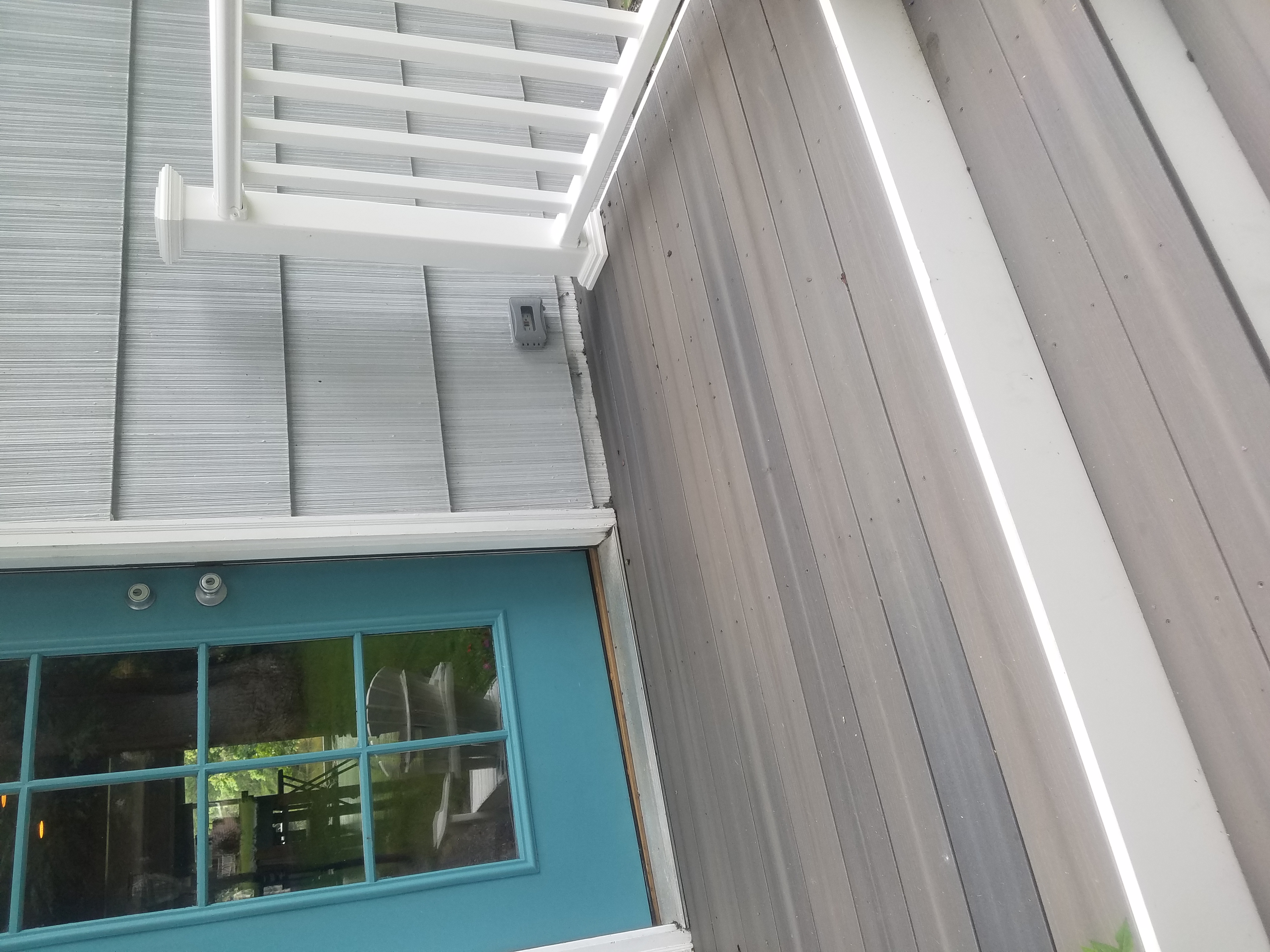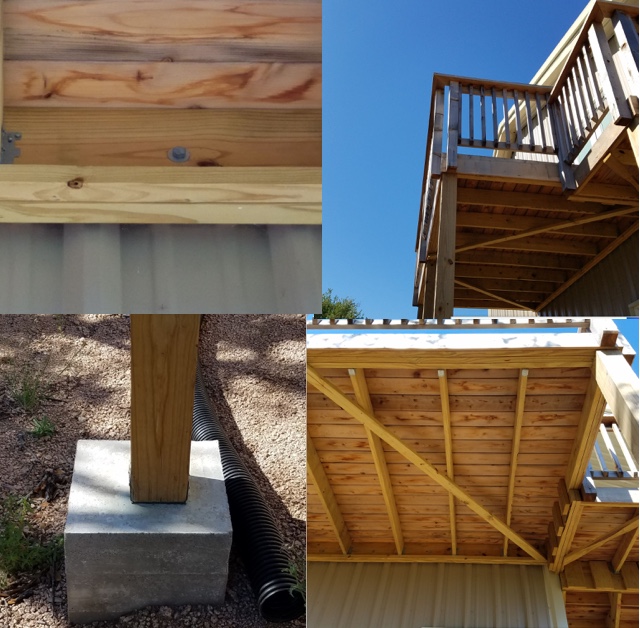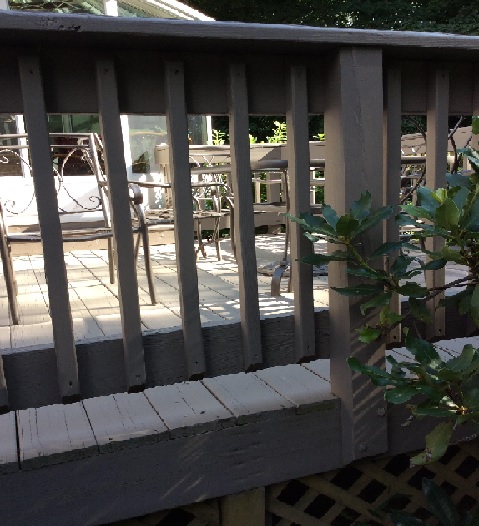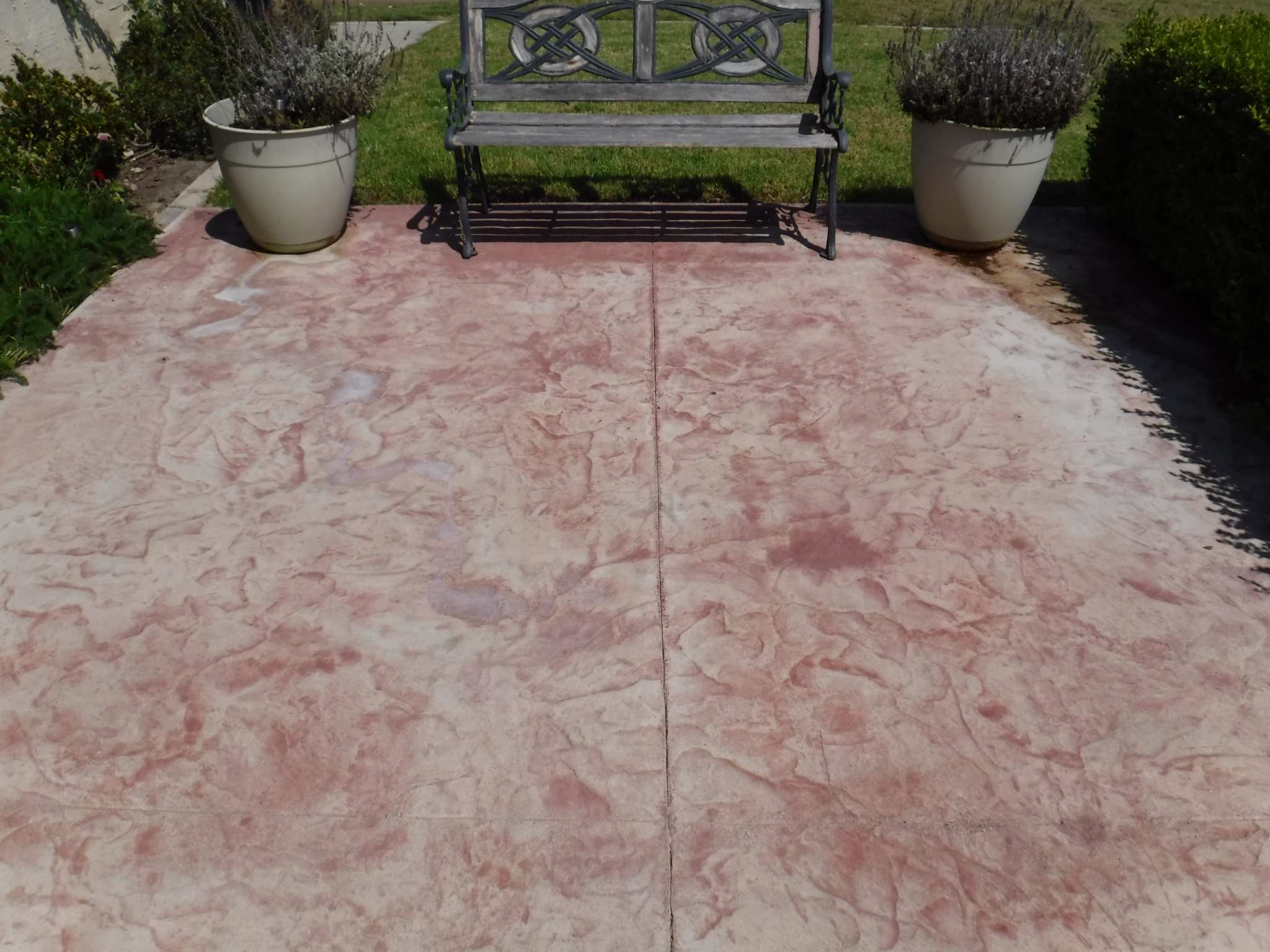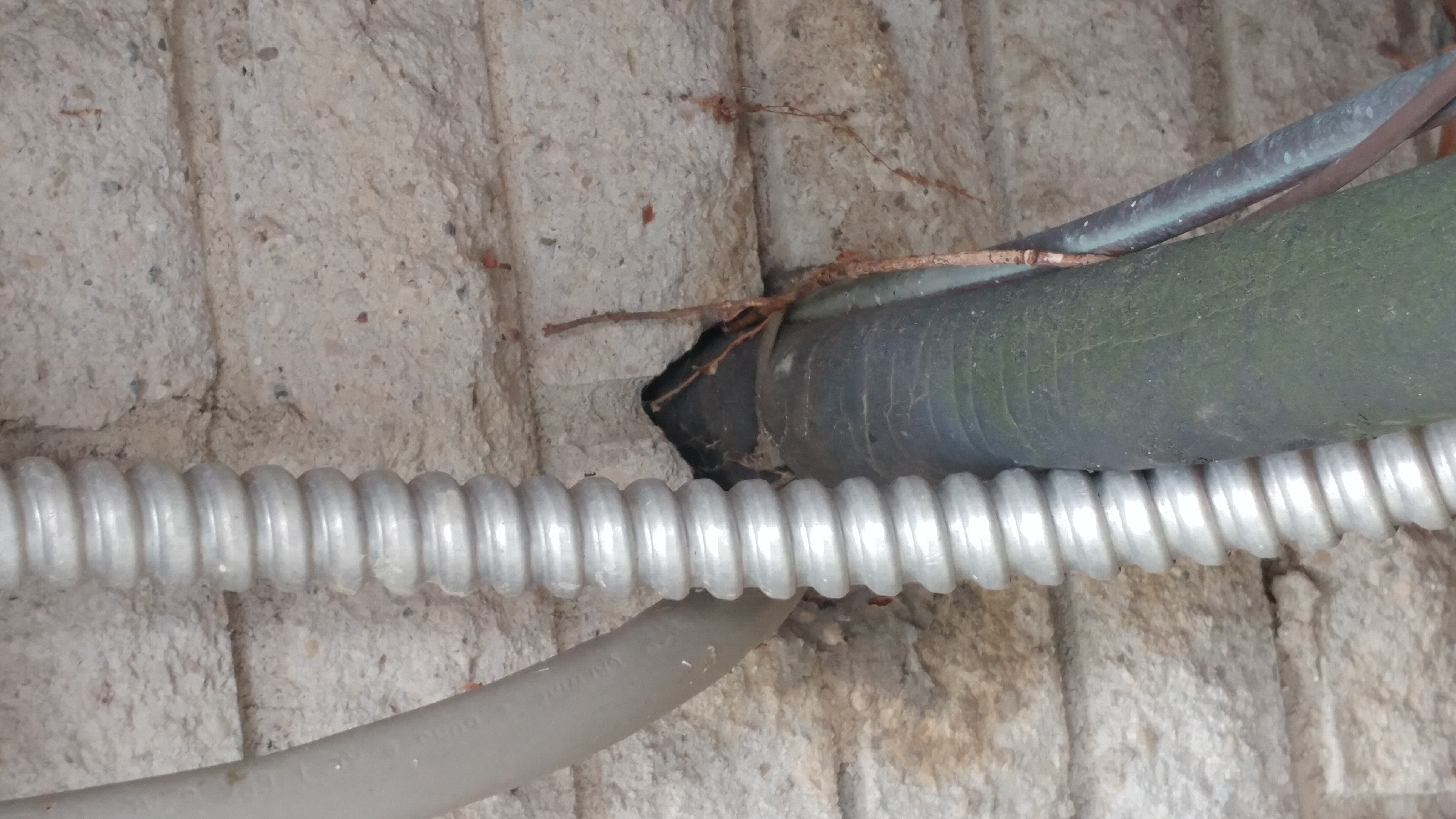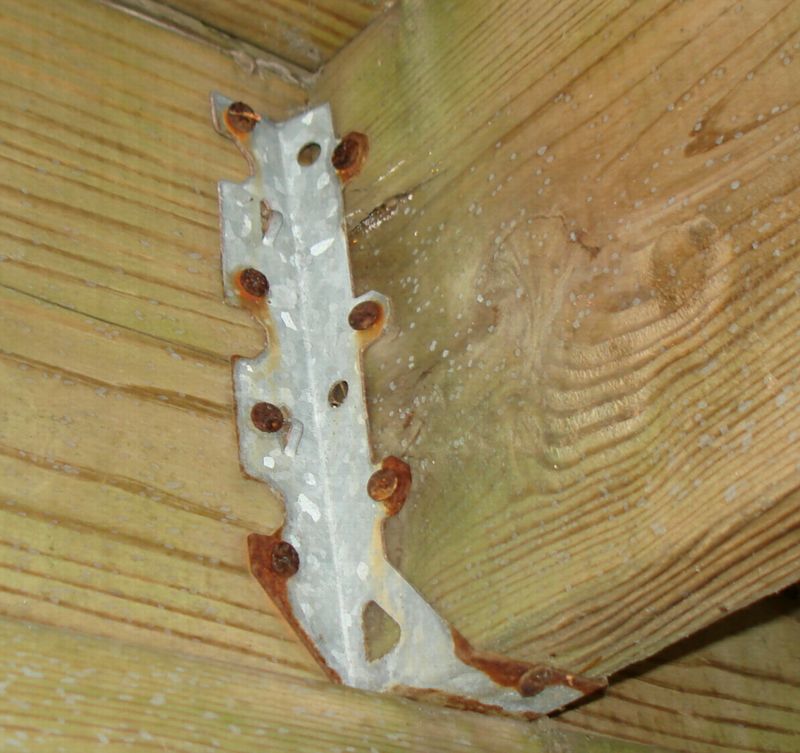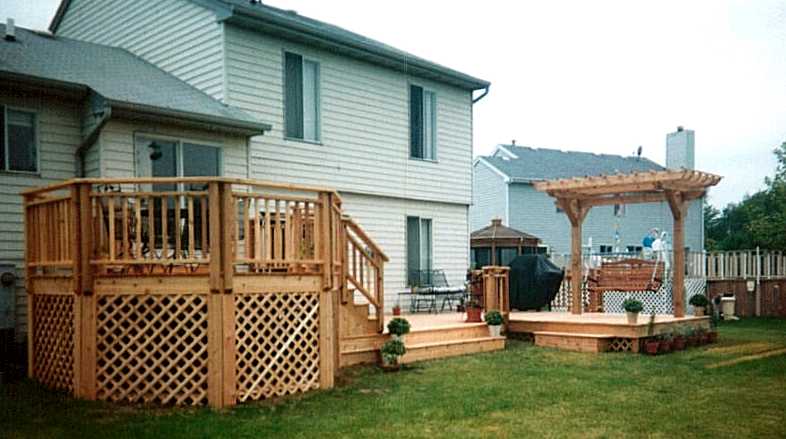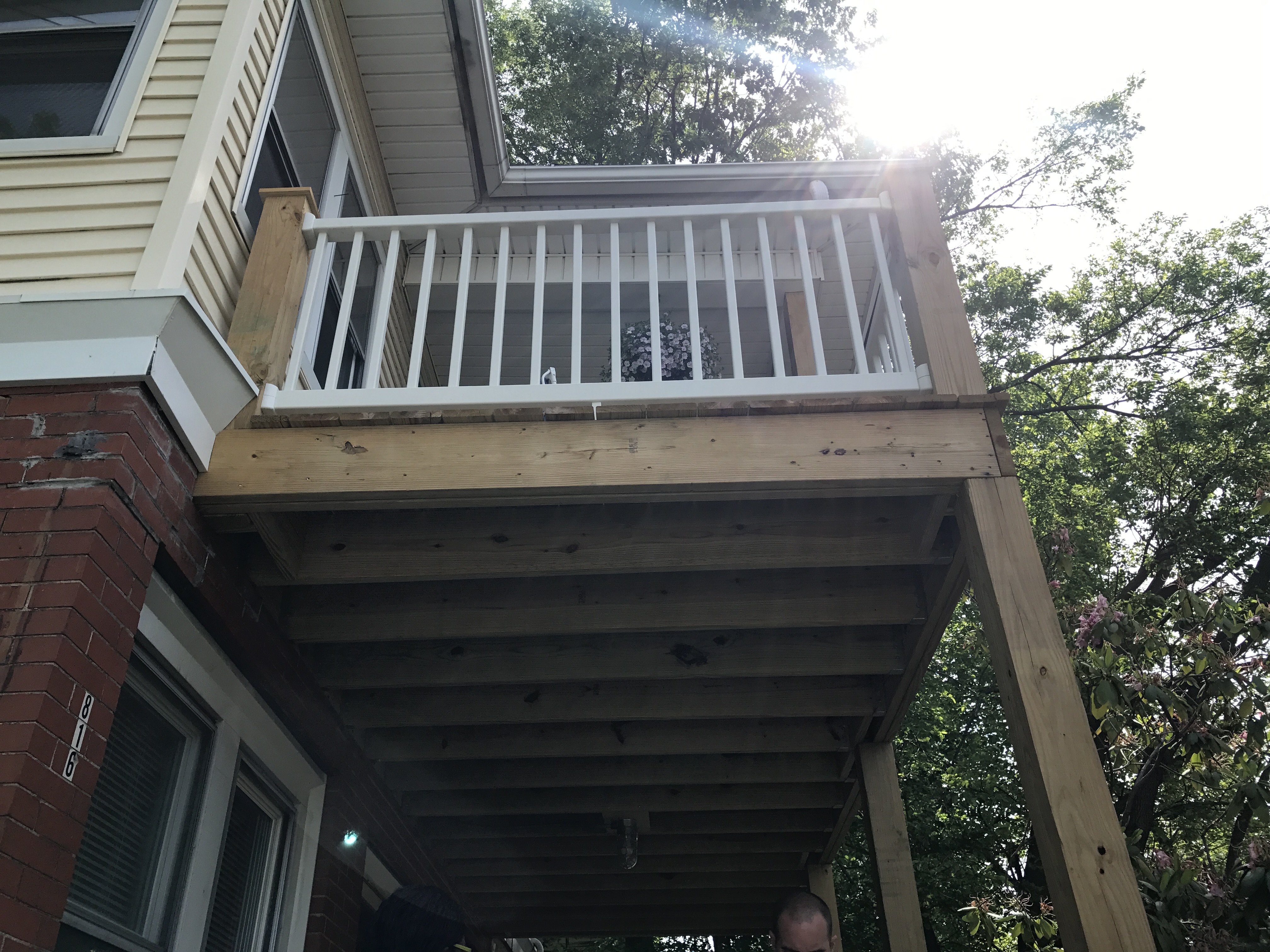Hello group. This photo is of my own house. It’s a 62 year old home. recently modeled the decking material using composite and pvc trim. using the same foot print of the exisiting deck due to county permit guidelines. My exterior outlet which is now a gfci receptacle was inline with the deck railing. had the task of accessing that receptacle keeping in mind of the distance between ballisters and using a sphere to complete the railing as shown.
Hello group. my essay will be about ledgers bracing. I am surprise at times when on an inspection of the lack of nails that exist in the bracing components. setting the 2x8 joist into a bracket. every nail hole needs to be nailed and the joist setting flushing against the bottom of the bracket. I have called out several instances where that has not been the case and explained my reasoning behind the finds.
Inspection & Writing Assignment
How to Perform Deck Inspections Course
This is the deck that a friend of mine built by himself. With his permission, I took some pictures to make this report. The deck is installed to be accessed from the apartment that he built on the second level of the barn behind his house.
Deck Elements:
The deck was built recently (April/2017)
The board of the deck was made by pieces of 2 x 4 and are supported by joists of 2 x 10 collocated 16 o.c.; The joists are borne in two points:
-
By metal hangers nailed to the ledger (a ledger strip is can be seen throughout the ledger but each joist is held by its respective hanger).
-
By metal hangers nailed to the external beam.
The external beam of the deck is consisted by three pressure-treated timbers of 2 x 10. Those timbers were glued and nailed among each other before, to work all of them as one unique element.
The ledger is attached to a beam of the first level of the metal structure of the barn. The attachment was made using double arming bolts. Each bolt was installed 16 o.c.
The external beam is supported by two posts of pressure-treated wood of 6 x 6, each post is 16 long. The slenderness of those posts should be checked structurally.
The posts are supported by poured concrete foundation bases. Those bases were poured directly on the ground because this is a rock and its support capacity exceed the strength that can be transmitted from the deck.
The base of the posts is not in direct contact with the ground.
The bottom of the deck has horizontal diagonal braces that offer more stiffness to the deck.
The balusters were fitted each 4 and the rail was installed at 36 height.
In general, the deck is operational.
Research & Writing Exercise
How to Perform Deck Inspections Course
After having seen all the videos included in the course How to Perform Deck Inspections Video Course and having read the material attached, I made more investigation on the internet about this theme and I found a lot of information about how careless they can be the owners of the houses, for no to say unconsciously neglected, when they adding a deck to their homes.
The pieces of evidence are documented. The home inspector always has the heavy job to find the mistakes and show the fails, the evident ones, and the future ones. A deck could be seen as a simple structure, but as all structure as prone to fail, totally or partially, with the consequences of economic damage, or what may be worse, result in injured people, or even, died people.
A home inspector must be more accurate about its job when they perform a deck inspection because usually this part of the house was not part of the original project and it was not approved or inspected at the moment of its construction.
Sometimes the decks are built by specialized contractors and can cover the codes and standards, but that is not necessarily true.
A proper inspection requires following a complete and exhaustive protocol to guarantee to the client and its family the security that that structure can be used without any hesitation.
Be mindful when observing drainage around a property. Deck posts may not be right on top of a down spout, but there is a possibility that the down spout is aimed towards a supporting post and will cause decay over time to it. If observed, notate, take a picture and write a statement about it.
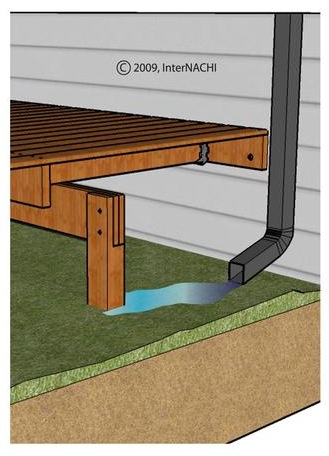
Pictured is a deck support post which is in direct contact to the soil. Posts should not be in direct contact with soil because they can become damaged by water. Instead posts should rest on a footing above the ground.
Should decks have outside receptacles on them? According to NEC, post 2008, at least one receptacle should be placed on deck or balcony that are accessible from the dwelling. The main reason for this is to try to get homeowners to not have to use extension chords, which could become a tripping hazard or fire hazard if damaged.
I selected a section of hand railing showing the post notched and resting on deck properly attached with 2 lag bolts. This section of railing system is at the required height and is 38 inches top to floor. The guardrail has no visual damage and is secure to the posts. The handrail has been routed smooth and made grip able. The handrail appears to have no visual damage and is secured to the post. The balusters are all evenly space and all under 4 inches so they are child safe. The balusters are secure and appear to have no visual damage. All the balusters have to cut on an angle on top for water runoff.
I selected Disadvantages of Solar Energy for my essay only because we keep hearing about all the good about what solar energy can provide. I was curious to see what the disadvantages are to use solar technology to capture energy for your home. Of course the obvious disadvantage is the lack or sun light on cloudy days, rain, or just cloudy, and half the day is night. But what more could there be, other than cost, which I am assuming has gone down since the advances in technology. But after reading this article, I was a bit surprised to read that most solar panels are bulky because of the size required to capture the sun to produce energy to run a single home. You think today with our technology we could produce a smaller, cost effective solar panels that could last outside. Like everything else, they have to be replaced from being in the sun and weather. The number of batteries required to hold the energy, and like batteries they wear out and need to be replaced, and are expensive. I believe this is a good first step into solar power for the future.
Patios- Patios are typically paved. Patios are usually open air outdoor spaces which in many cases are uncovered. Most open air patio living spaces are at ground level and are made of cement, stone, slate or a combination of these materials. The photo shows an outdoor patio with colored stamped concrete and ground level.
Decks- More decks Fail or collaspe during the summer months than all other months combined! It is Amazing to know that nearly every deck collaspe happenned when it was occupied under a heavy snow load. In nearly ninety percent of deck failures the ledger board detached from the home or structure.
the service lines going through the wall were not sealed when the AC unit was installed. hole needs to be filled and sealed to prevent water, insects or rodents from entering home. further inspection from inside is needed to ascertain if there is damage in the wall unit or basement where the lines come through.
I read the article on doing damage during inspection. I have been dealing with customer service for 35 years and the way to manage a problem with a customer that is upset is to change the way they are looking at the issue. the article was correct in the way we tell the customer that we found a major problem instead of saying we broke something. well done.
This particular photo shows the beam attached to the ledger with not only the wrong joist hanger, but it’s fasteners are regular wood screws. This deck is a safety issue and should be repaired by a professional contractor and reinspected prior to use.
Deck Receptacles by Nick Gromicko and Kenton Shepard helped to make clear the NEC 2008 supplement on deck receptacles. As I understand it, it comes down to a safety issue with extension cords run across the deck. Having the receptacle outside reduces a safety hazard.
This deck has multi levels. The stairs between levels appear to have adequate handrails. The railing around the upper level has proper railing. Because lattice is cover the underside of the deck, an egress widow would not be permitted to be located under this deck.
There are many tools that every homeowner should have. These tools can include a plunger, a screwdriver set, a flashlight, a hammer, plyers or a cutting tool, and a tape measure. These are just a few tools that could help around the house in the event of an emergency or in the need of general maintenance.
Deck receptacles are a requirement for all newer than 2008 homes with a deck size of over 20sqft. This is was a change made because of the dangers caused by the improper use of drop cords on decks. All deck receptacles are required to by GFCI protect with the exception of one uncommon instance. An inspector should note missing deck recepticals as a safety hazard.
The above photo is of a deck installed on the second story of a dwelling. The supporting posts are approximately 8 feet tall and include no angle bracing. Connection of the support post to the beam is by a single nail toenailed to the beam.
For this assignment we have read the article on inspecting a deck, Illustrated. The article outlines that approximately 60 percent of all decks are unsafe with almost every collapse being the result of being under a heavy load, whether by people or a heavy snow load. The failure point for collapses is at the ledger board approximately 90 percent of the time. Even with the majority of collapses happening when under the load of people, the majority of injuries involving decks happen as a result of a failure in the rail system.
